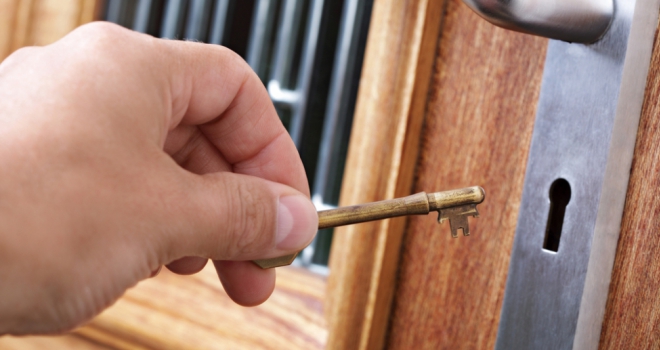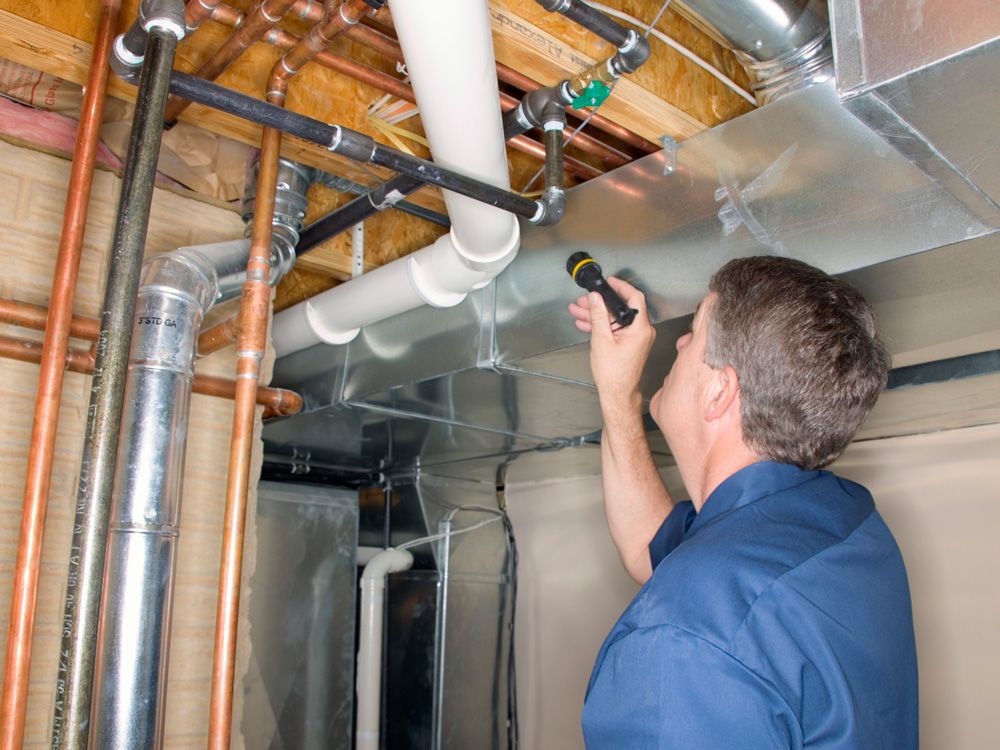Mastering the Art of Plumbing Maintenance in Rental Homes
Mastering the Art of Plumbing Maintenance in Rental Homes
Blog Article
What are your opinions concerning Plumbing Maintenance Guide for Tenants?

Taking care of plumbing problems in rental residential properties successfully is critical for keeping lessee fulfillment and preserving the residential or commercial property's worth. Whether you're a property manager or a home manager, recognizing exactly how to address these typical issues can conserve you money and time while making certain compliance with legal responsibilities. Here's a step-by-step overview on just how to take care of plumbing concerns in rental residential properties.
Develop Clear Communication
Urge tenants to report any kind of plumbing issues as quickly as they occur. Provide numerous communication channels such as phone, e-mail, or a lessee site to make it simple for them to connect. Motivate reactions to these reports can avoid minor issues from rising into major problems.
Educate Occupants
Inform your lessees about what constitutes a plumbing emergency situation and what does not. Supply guidelines on exactly how to handle minor problems themselves, such as using a bettor to unclog a toilet. Likewise, notify them concerning what they must avoid taking down drains to stop clogs, such as grease, coffee premises, and non-biodegradable things.
Regular Upkeep
Carry out a routine upkeep schedule for all pipes systems in your leasing buildings. Normal checks can assist recognize and solve issues like leakages, slow drains, or corroded pipelines prior to they end up being major. Consider working with an expert plumbing to check the buildings every year or semi-annually.
Quick Feedback to Emergency Situations
Have a plan in place for responding to pipes emergencies. This must consist of having the contact details of trustworthy plumbing services that use 24/7 emergency situation repairs. Quick action is essential to minimize damages in situations like burst pipes or serious leaks.
Document Everything
Keep in-depth records of all reported pipes concerns and the actions required to fix them. Documentation ought to include dates, summaries of the issue, interaction with lessees, and invoices from contractors or plumbings. This details can be critical for insurance coverage cases, tax deductions, and legal protection.
Use Qualified Professionals
Constantly make use of certified and insured specialists for significant pipes repair services and setups. This makes sure that the work is up to code and can help avoid obligation concerns in case of mishaps or additional damages. It also comforts tenants that repair work are being handled skillfully.
Understand Legal Responsibilities
Understand your legal obligations relating to pipes and basic property maintenance. The majority of jurisdictions need landlords to guarantee their homes are habitable and that all pipes systems remain in good working order. Failure to deal with major problems without delay can lead to lawsuits from occupants.
Lessee Repayments
If a plumbing concern calls for instant attention and the occupant resolves the issue on their own, have a clear plan in place for reimbursing expenses. Ensure renters know they should obtain previous authorization for higher-cost repairs unless it's an outright emergency situation.
Preventive Upgrades
Think about updating older pipes systems and components to more contemporary, efficient models. This can reduce the frequency and seriousness of plumbing issues and lower lasting upkeep costs. It's also a marketing factor for prospective occupants that value upgrades and contemporary functions.
Lessee Move-Out Inspections
Conduct complete plumbing checks during move-out inspections to make sure that any type of concerns are determined and dealt with before a new occupant moves in. This prevents conflicts with new renters over pre-existing conditions and ensures the residential property is in top condition.
Conclusion
Handling plumbing concerns in rental buildings calls for an aggressive method and great communication with lessees. By remaining on top of upkeep, reacting quickly to emergencies, and using professional professionals, proprietors can keep their residential or commercial properties in excellent condition and preserve good partnerships with tenants.
How to Handle Water Damage in a Rental Property
What is Water Damage?
Water damage is harm or destruction caused by water entering areas where it is not supposed to be. It can be caused by a variety of sources and can manifest in different ways. The most common examples of water damage include:
Leaking roof Plumbing leaks Appliance malfunctions Poor drainage Flooding Sewage backup Condensation Tenant negligence HVAC system issues Frozen pipes Is water damage dangerous?
Water damage itself is not inherently dangerous, but it can lead to various hazards and health risks if not promptly and properly addressed. The severity of these risks depends on the extent of the water damage, the source of the water, and how quickly it is mitigated.
Some potential dangers associated with water damage include structural damage, mold and bacterial growth, electrical hazards, water contamination, and pest infestations. In situations where mold and mildew have gone unaddressed, mold can start to develop within 24-48 hours of water exposure, and this can impose a serious health risk to tenants. In particular, mold spores and damp conditions can lead to respiratory issues and even make existing health problems worse, such as allergies, asthma, or immune disorders.
Water Damage in an Apartment - Who is Responsible?
If the water damage is caused by the tenant’s negligence, the tenant is responsible for the cost of repairs. If the water damage is caused by a defect in the property, the landlord is responsible for the cost of repairs. If the water damage is a result of natural causes, such as excessive rain, then the landlord is responsible, since the water intrusion likely occurred due to a defect in the property. Landlord Responsibility water damage in rental property
Since maintaining habitability is the landlord’s legal responsibility, landlords are responsible for any resulting structural damage caused by water damage. These structural damages may include damage to walls, roofs, ceilings, and flooring. If water damage has affected the rental property’s original structure, the landlord is responsible for repairing or replacing those materials. Therefore, landlords should have property insurance that covers the structural components of their rental property so that they can receive help with the costs of covered events.
Preventative measures can also help landlords avoid massive renovations. Preventative maintenance may include conducting regular inspections to identify and address potential water damage before it becomes a major and urgent problem.
If a landlord fails to meet their responsibilities regarding water damage, it can lead to legal disputes and potential liability. Tenants who believe their landlord is not addressing water damage issues in accordance with California law can seek legal advice or contact local housing authorities for assistance.
https://www.goodlifemgmt.com/blog/water-damage-in-a-rental-property/

I ran across that blog entry about How can you handle tenant plumbing issues effectively while browsing the internet. Are you aware of somebody who is occupied with the subject? Please feel free to share it. We take joy in reading our article about Plumbing Maintenance Guide for Tenants.
Report this page